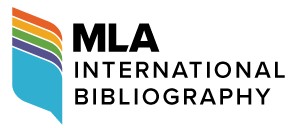Abstract
Contemporary intermedial studies primarily focus on the analysis of aesthetic forms, yet the political dimension of intermediality remains underexplored. While intermediality is not inherently political, its intentions and modes of articulation can carry a profound political logic within specific socio-historical contexts. In the aftermath of World War II, confronted with the panoramic dominance of capital, neo-avant-garde art in Europe and North America exhibited a tendency to make art a matter of everyday life, with intermediality as a fundamental form. Through processes of integration, collaboration, and conflict, the diverse attributes of artistic and everyday media structured distinct yet interwoven intermedial formations that opened multiple pathways into postwar Western everyday life. These formations parodied, critiqued, and restructured the spectacle of late capitalism. The intermediality of the neo-avant-garde was thus not only a formal resistance to the aesthetic discourse of modernism, but also a means of political critique of late capitalism.
Keywords
intermediality, neo-avant-garde, late capitalism, everyday life, spectacle
First Page
63
Last Page
74
Recommended Citation
Chen, Chang. 2025. "Neo-avant-garde and the Critique of Late Capitalism: On the Political Dimension of Intermediality." Theoretical Studies in Literature and Art 45, (4): pp.63-74. https://tsla.researchcommons.org/journal/vol45/iss4/7


